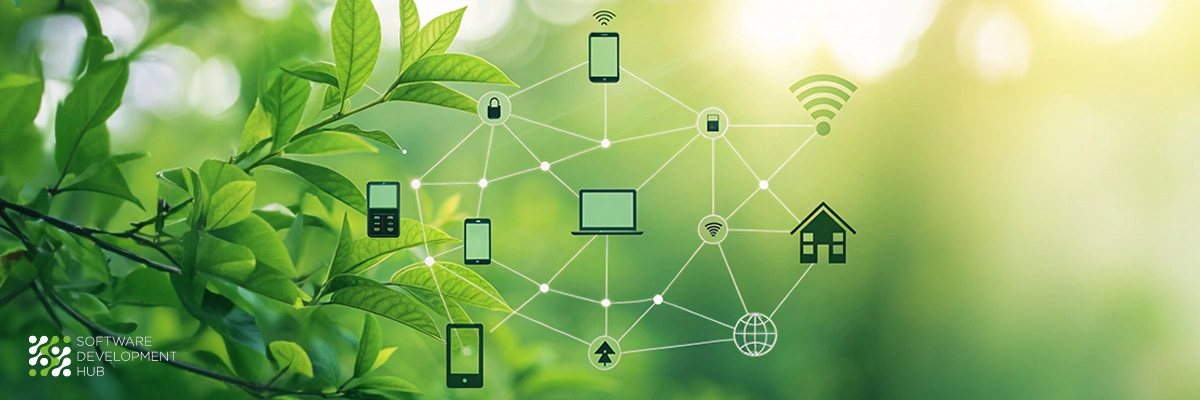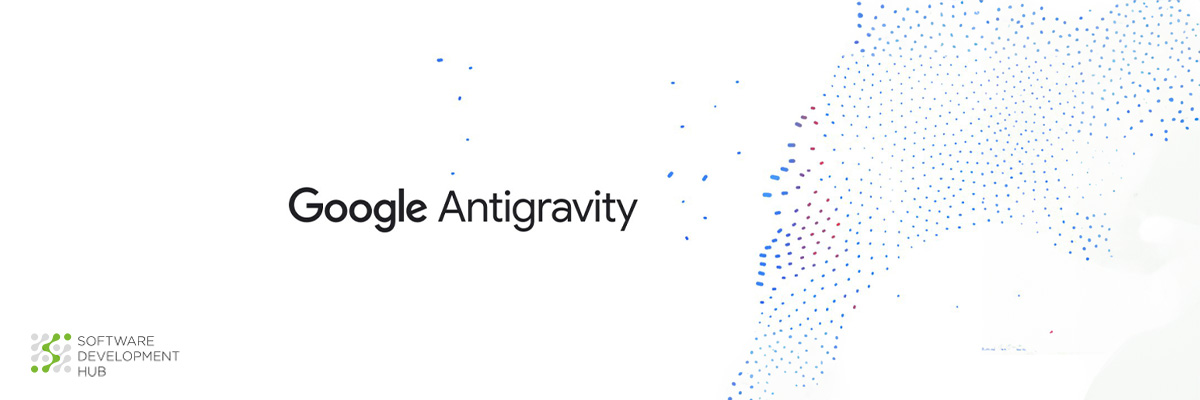How to Build Your IoT MVP in 30 Days: A Practical Guide for 2025
The Internet of Things market grows 26% each year, yet 74% of IoT projects fail because teams don't plan and allocate resources well. These numbers show why building a minimum viable product (MVP) IoT solution is vital to succeed in 2025. Understanding the minimum viable product definition is crucial for effective mvp product development.
Our team has watched IoT build projects become complex and expensive. Traditional IoT products need 3-4 months to develop. We'll teach you how to develop an MVP and build your first working prototype in just 30 days. You'll find our proven process to build and launch your IoT MVP in this piece. The guide takes you from your original concept to final integration, helping you dodge common mistakes and get to market faster.
The need for faster IoT solutions
IoT's digital world keeps growing faster than ever, with connected devices expected to hit 29 billion by 2030. This growth creates fierce competition in manufacturing, wholesale, retail, and smart home sectors, emphasizing the importance of startup MVP development.
Smart home setups will grow by 350 million units by 2025. The IoT market will reach USD 33.74 billion by 2027, showing an impressive CAGR of 11.49%. These numbers show why businesses must develop products faster, making MVP startup strategies crucial for success.
Essential Preparation: Days 1-3
Your IoT product development success starts with good preparation. The first three days of your 30-day sprint build the foundation that shapes your minimum viable product's future. This is where MVP in product management begins to take shape.
Identifying your minimum viable features
An IoT-based MVP helps businesses test ideas, get user feedback, and improve their solutions. All the same, you should focus on core features that show your product's value. This process is key to understanding what MVP is in business.
List all desired features and group them into three priority levels:
- High-priority features (must-have)
- Medium-priority features (should-have)
- Low-priority features (could-have)
After this grouping, build a version that includes essential needs from all three levels. This approach will give a good balance between features and development speed, which is crucial in MVP product design.
Assembling your sprint team
Building an effective IoT development team needs the right mix of skills. Keep your design sprint team small with six to eight people, including key players from development, engineering, sales, and marketing.
Your sprint team needs experts in:
- IoT hardware development
- Firmware programming
- Cloud computing
- Data analytics
Hardware Selection and Architecture: Days 4-7
Hardware components are the backbone of your IoT minimum viable product. Days 4-7 of your development sprint help you make significant decisions about the technical architecture that will power your solution. This phase is crucial for custom IoT product development.
Choosing the right microcontroller
Microcontrollers are tiny, self-contained computers that enable uninterrupted connectivity and control in IoT based products. You'll need to think about several key factors when selecting one:
- Processing Requirements
- Memory Specifications
- Development Support
Selecting sensors and connectivity options
Your IoT build's success largely depends on choosing the right connectivity solutions based on three main factors:
- Coverage Requirements
- Data Throughput
- Security Implementation
Power considerations for IoT based products
Power management can make or break your minimum viable product design. Here are the key factors:
Energy Efficiency: Battery life and power management are at the top of the priority list. The challenge lies in finding the best hardware while creating a system design that uses different operational modes to save energy.
Power Source Selection: Device requirements determine your choice:
- Lead-acid batteries fit large IoT infrastructures that need high power generation
- Lithium-ion batteries pack high energy density, perfect for consistent operations
- Alkaline batteries suit portable, low-power IoT devices with basic operational needs
Operational Modes: Ultra-low power applications stay in the lowest power mode most of the time. They wake up briefly to do their tasks and go back to sleep. This approach helps the battery last longer while keeping essential functions running.
Software Framework Decisions: Days 8-10
A strong software framework is the life-blood of your IoT minimum viable product success. Your development sprint's days 8-10 should establish architectural foundations that will make your solution secure and adaptable. This is where software MVP development truly begins.
Backend architecture options
Your IoT based products need a well-designed backend architecture to handle data quickly. Most IoT platforms come with internal data storage and transport capabilities that connect to backend workloads and applications. Common transport protocols like AMQP, RabbitMQ, and Kafka aid internal data movement.
Cloud service selection
The right cloud services play a significant role in your minimum viable product app development. AWS IoT Core, Microsoft Azure IoT Hub, and Google Cloud IoT Core each bring unique benefits to the table.
Google Cloud Platform stands out with advanced AI and machine learning capabilities. The AI Platform and BigQuery services help you build and deploy models efficiently, enhancing your product MVP.
API design fundamentals
APIs power service-to-service communication in IoT based products. They add value to device telemetry data with services like customer communication, inventory tracking, and advanced analytics.
Your API design must support two-way communication between IoT devices and cloud infrastructure. This lets you exchange data immediately and manage devices remotely. On top of that, add monitoring solutions to track API performance and keep your system healthy.
Rapid Prototyping Phase: Days 11-18
Rapid prototyping stands as a crucial phase in your IoT minimum viable product experience. Your concept transforms into reality through systematic development and testing in this eight-day sprint, backed by extensive IoT engineering innovation. This is where you truly build an MVP.
Building your first functional prototype
The original prototype focuses on a working model that shows core functionalities. Technical requirements need assessment first. This helps verify regulatory compliance standards and connectivity needs. Your minimum viable product lines up with industry regulations and market demands through this assessment.
Iterative testing approaches
Testing forms the life-blood of rapid prototyping success. Simple device operations need verification through functional unit testing. This is a key part of MVP implementation.
Laboratory and real-life environment tests matter most. This dual-testing strategy explains your device's capabilities and limitations. Engineers, designers, program managers, and potential users should try the product throughout development, incorporating beta testing principles.
Addressing critical technical challenges
Technical hurdles emerge as your prototype grows. Multiple components and associated technologies create integration challenges. Success comes from:
Hardware Integration: 3D printers, PCB mills, and laser cutters help create original prototypes. These tools cut down development barriers and enable quick iterations. Custom PCBAs take just a week to produce.
Data Management: Early data collection in the project adds substantial value. Hardware and algorithm integration helps you:
- Collect and analyze data efficiently
- Refine algorithms based on real-world data
- Improve overall system performance
MVP Refinement and Testing: Days 19-25
Fine-tuning your IoT minimum viable product reaches a critical phase as you near the final development stages. Days 19-25 put the spotlight on making the user experience better, adding strong security measures, and testing performance thoroughly. This phase emphasizes continuous improvement and risk mitigation.
User experience optimization
User feedback is the life-blood of IoT product refinement. Teams can spot usability issues and boost product functionality through systematic testing.
Complex IoT data comes alive through user-friendly charts, graphs, and interactive dashboards that help users track trends and make informed decisions.
The interfaces adapt based on user priorities, behaviors, and environmental factors. Your minimum viable product can offer relevant recommendations and proactive services by analyzing sensor data, location information, and past interactions.
Security implementation
Security needs to be part of every IoT product feature. Recent data shows that 80% of technology decision-makers put security regulation compliance at the top of their concerns in 2024.
99% of MVP plans leave out security measures completely. Your executive, sales, marketing, manufacturing, and engineering deliverables should have security built right in to avoid this common pitfall.
Final Integration and Launch Prep: Days 26-30
The final five days of your IoT minimum viable product completion need careful attention to system integration and launch preparation. This significant phase shows if your product is market-ready and can gather meaningful user insights. It's crucial to consider scalability and conduct a thorough competitive analysis.
Finalizing hardware-software integration
Hardware and software teams must work closely together in these final stages. Teams that communicate clearly and coordinate their efforts can achieve seamless integration without compromising solution integrity. Interface-driven design and Application Programming Interfaces (APIs) let teams work independently while keeping the system cohesive.
Conclusion
A well-planned approach can help you build an IoT MVP in just 30 days. Smart planning and focused execution will help businesses turn complex IoT concepts into working prototypes faster. This process embodies the essence of agile development and user-centered design.
Your success relies on staying focused through each phase of development. A clear set of product requirements comes first. Next, pick the right hardware and build a resilient software framework. Testing your prototypes quickly gives users real value. This approach optimizes time-to-market and ensures effective resource optimization.
Note that your first IoT MVP teaches you valuable lessons. Real-life examples prove that successful IoT products begin with small, targeted solutions before adding features. This targeted strategy helps you verify core functions and reduces development risks, embodying the build-measure-learn feedback loop.
New opportunities emerge as the IoT market grows faster in a variety of industries. Of course, companies that act quickly and adapt to user feedback set themselves up to win long-term. Your working prototype could be ready in just 30 days - so begin your journey today and embrace the power of MVP in project management.
Categories
About the author
Share
Need a project estimate?
Drop us a line, and we provide you with a qualified consultation.








